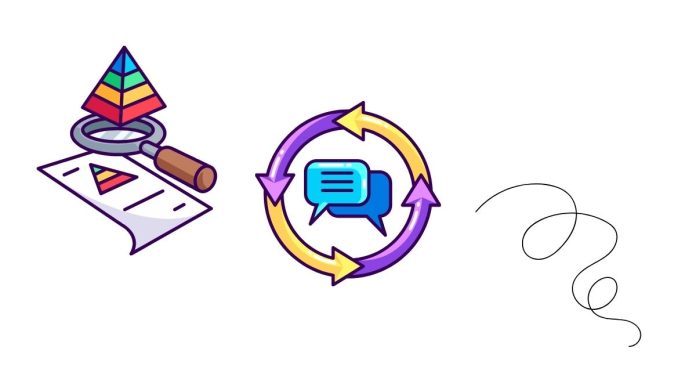In Python, loops are used to execute a block of code repeatedly as long as a condition is true. There are two primary types of loops in Python:
1. for loop:
The for loop iterates over a sequence (such as a list, tuple, string, or range) and executes a block of code for each item in the sequence.
Syntax:
for variable in sequence:
# code block
Example:
for i in range(5):
print(i)
This will print:
0
1
2
3
4
In this case, the for loop iterates over the numbers from 0 to 4 (generated by range(5)) and prints each number.
2. while loop:
The while loop executes a block of code as long as a specified condition is true. It keeps checking the condition before each iteration.
Syntax:
while condition:
# code block
Example:
i = 0
while i < 5:
print(i)
i += 1
This will also print:
0
1
2
3
4
In this example, the loop continues to run as long as the condition i < 5 remains true. The variable i is incremented by 1 each time to avoid an infinite loop.
Key Concepts:
break: Exits the loop prematurely.continue: Skips the current iteration and moves to the next iteration.else: Theelseblock is optional and will execute when the loop completes normally (without hitting abreak).
Example with else and break:
for i in range(5):
if i == 3:
break
print(i)
else:
print("Loop completed") # This won't be printed because the loop was broken
Output:
0
1
2
Loops are essential for repetitive tasks in Python and are a core part of the language’s control flow.


